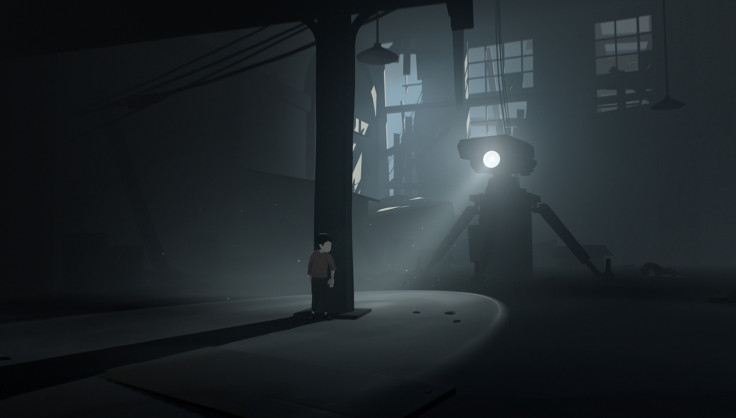Inside review: Playdead's Limbo successor is a twisted, haunting classic
A boy runs from violent forces in Danish studio's haunting puzzle platformer.
Inside
Platforms: Xbox One (tested), PC
Developer: Playdead
Publisher: Playdead
Release Date: 29 June (Xbox One), 7 July (PC)
Where to buy
Xbox Store / Steam
Inside is instantly reminiscent of Limbo, the previous game from Danish developer Playdead. The player controls a young boy in a bleak, dystopian world who moves, jumps and manipulates objects exactly like the protagonist of the game's predecessor. The familiarity makes for a slightly disappointing opening ten minutes, but the feeling doesn't take long to fade. Those ten minutes provide chills that set the tone of Inside superbly, and from there it only continues to tighten its grip.
In terms of how it plays, Inside is a straightforward follow-up, with base mechanics that are pretty much identical to Limbo, upon which new elements that help Inside's puzzle-platforming stand apart have been added. These new puzzles feed into the story, which involves the boy escaping the clutches of a violent group conducting mind-control experiments on humans and animals.
At this point we should say Inside is a game best played with as little prior knowledge as possible. While there are no major spoilers below – if you intend to play the game anyway then go do so (and return to read our review afterwards!). If you don't intend to play it, believe us when we say you should. This is a game all should experience.
Anyway, the aforementioned violent group is posed as the antagonistic force, but the boy isn't exactly innocent himself. He's happy to use their experiments as well, to further his own progression. One new puzzling mechanic involves mind-control caps hanging from ropes, which allow the player to remain stationary while moving small groups of limp, passive humans around, to push heavy objects and lift doors. It's not just humans the boy finds a use for either; early on he also endangers wildlife, finding a use for a group field mice and letting a frantic pig run itself into a wall. Shortly after that, the boy literally clambers atop a cart of dead pigs to reach his objective.
This all feeds into Inside's story of control, manipulation and our base natures. While Playdead leaves things open to interpretation, there's a clear political message, and it's in that depth of meaning that Inside outclasses Limbo. Where that game worked as a minimal, ambiguous story – almost a fairy tale – Inside's story is layered and told in a more engaging way.
The environmental story-telling is second to none. Inside uses a (slightly) larger pallet than Limbo, casting its world largely in monochrome, with dashes of desaturated colour to create an oppressive atmosphere. It is largely set inside a worn down, dystopian complex – from its decaying underbelly to more conventional work spaces and areas set aside for experimentation.
What's happening in the background will often distract during the moments that require less input from the player – with mind-controlled figures shuffling between buildings, the haunting imagery of botched experiments and fathers and sons admiring their twisted work. Throughout, Playdead shows a great knack for framing memorable imagery too, and the use of sound is sparse but incredibly effective. It's clear that these are the areas where Playdead has learned a great deal since its hit debut.
Inside isn't a conventional horror game, and doesn't appear to be one on its surface – but it has moments of unnerving revulsion. When the player fails, little is left to the imagination. The boy will be ravaged by dogs that tear at his flesh, men will wrestle him to the ground and smother him, creatures of the deep will drag him to the abyss. It's unsettling and – again – comparable to Limbo, but Inside saves something different for its finale. The final ten minutes are incredible. There's a twist – one we won't ruin and you certainly won't see coming – that is shocking and utterly horrifying, but which befits Inside's themes. It's an astonishing conclusion as haunting and evocative as anything you'll see in a game this year.
Inside is a worthy successor to Limbo, that improves upon it in many ways. It's visually richer, less obtrusive with its puzzling elements and tells its evocative, grim fairy tale with a greater panache. Playdead has proven that its debut game was by no means a fluke, establishing itself as a unique developer brave enough to go places other developers would never dare. We can only hope there won't be another six-year wait before whatever it is they're working on next.

For all the latest video game news follow us on Twitter @IBTGamesUK.
© Copyright IBTimes 2025. All rights reserved.


















